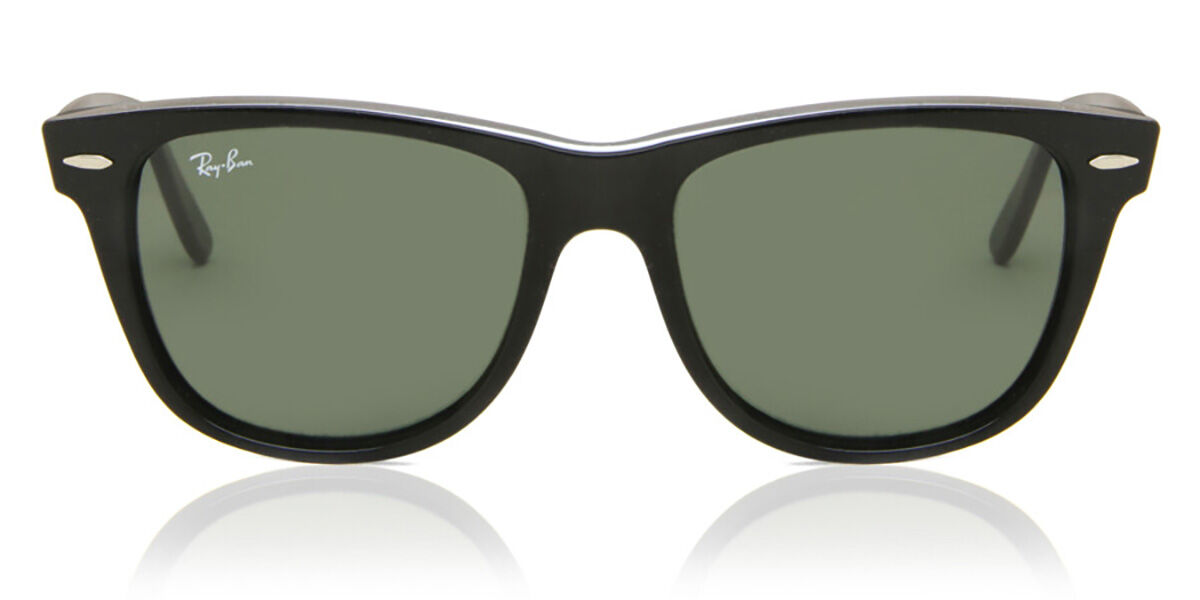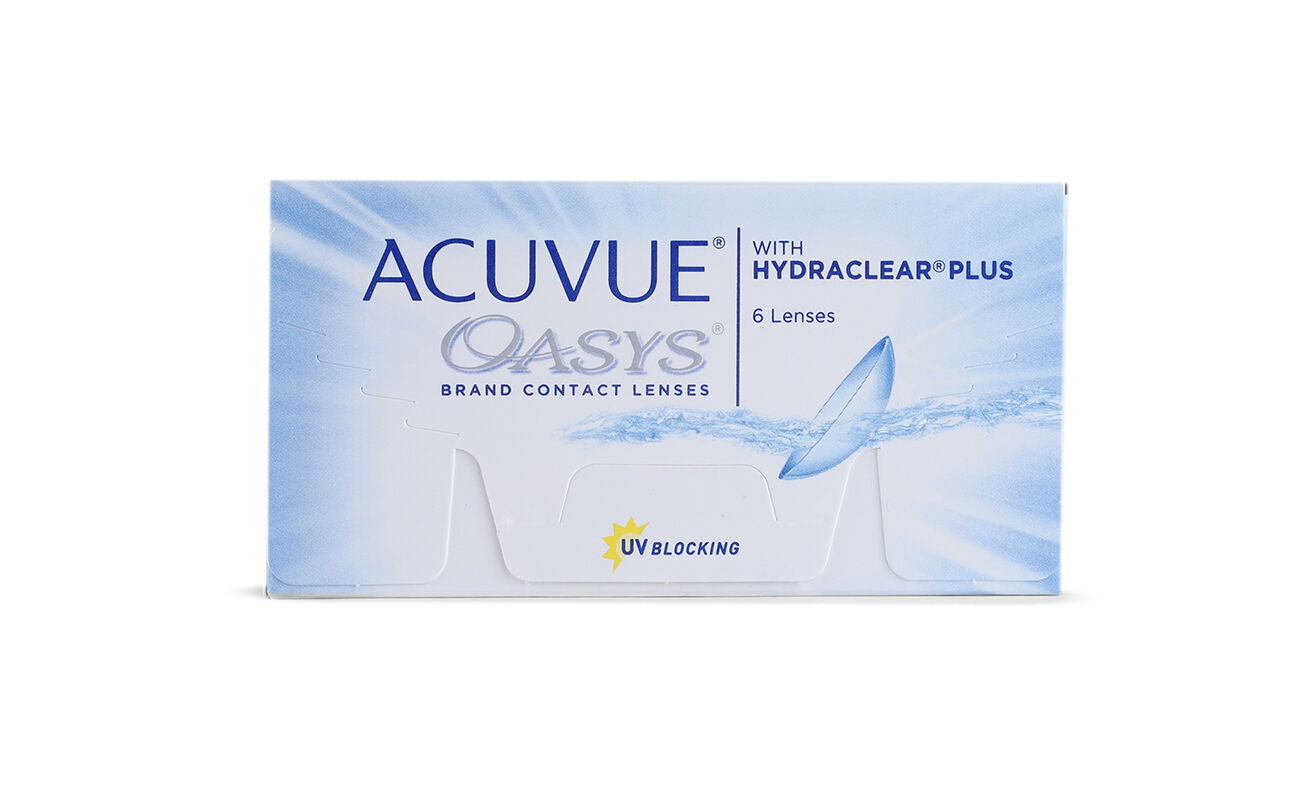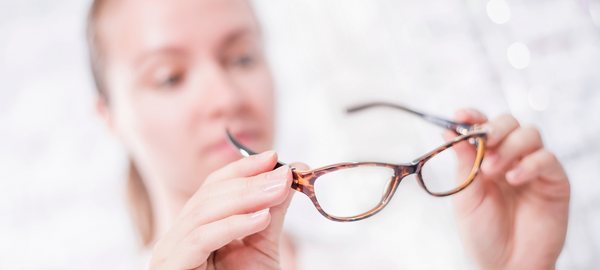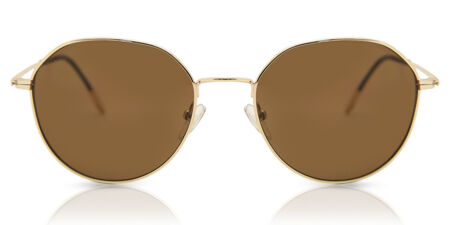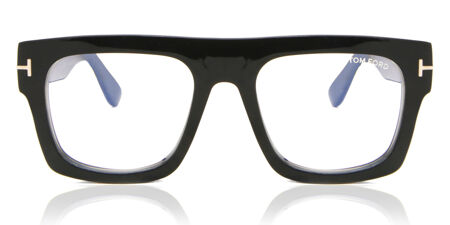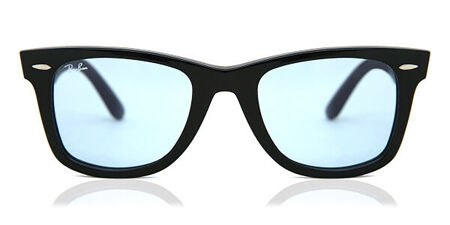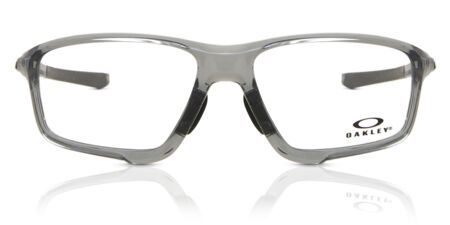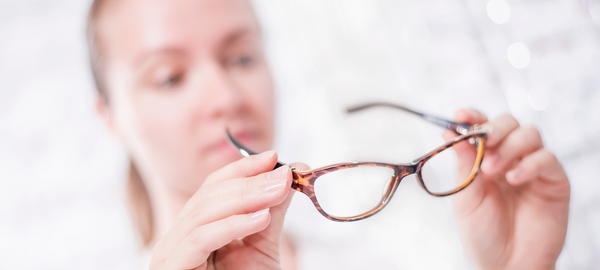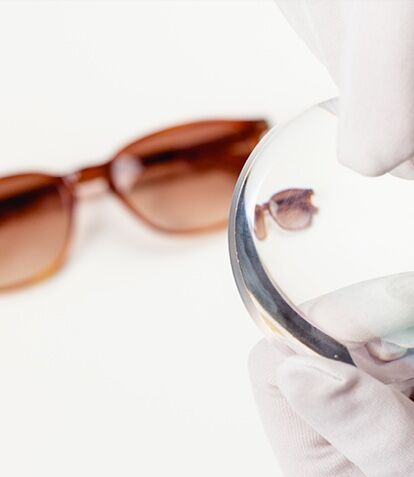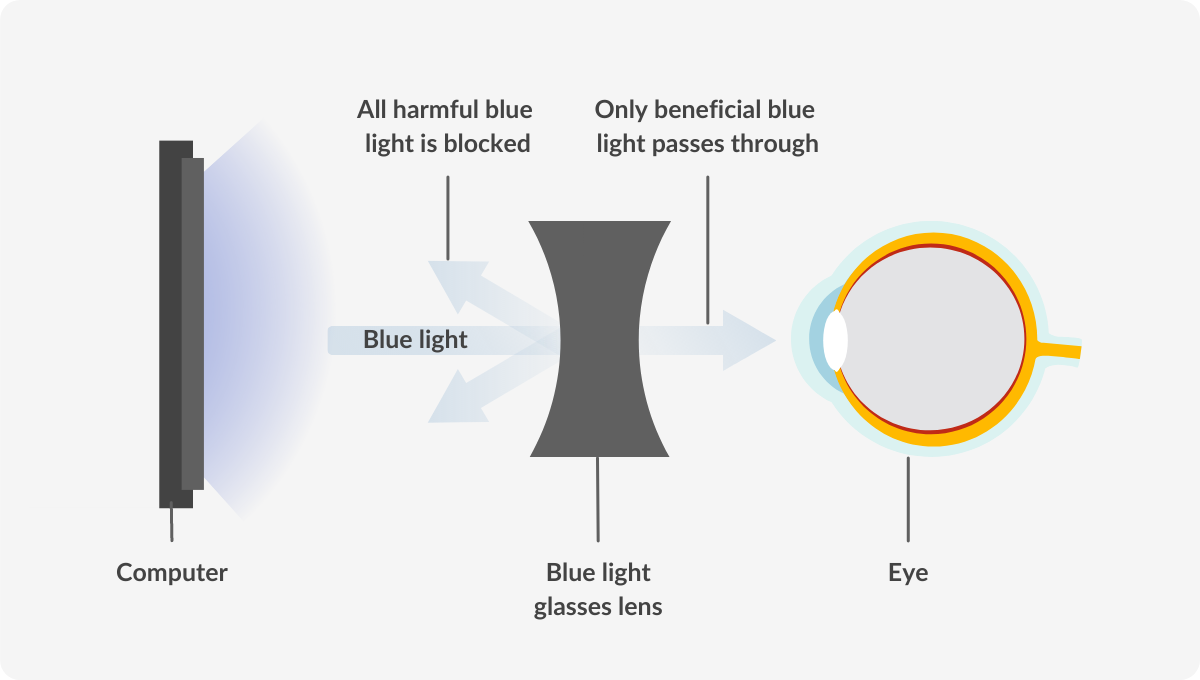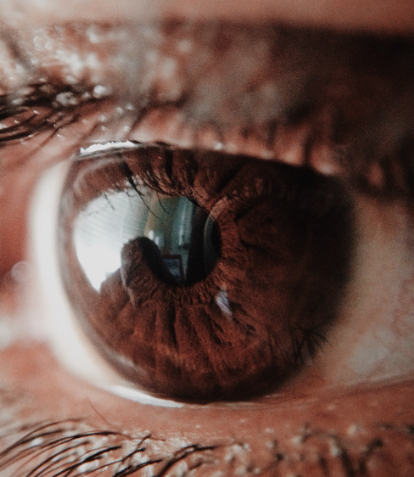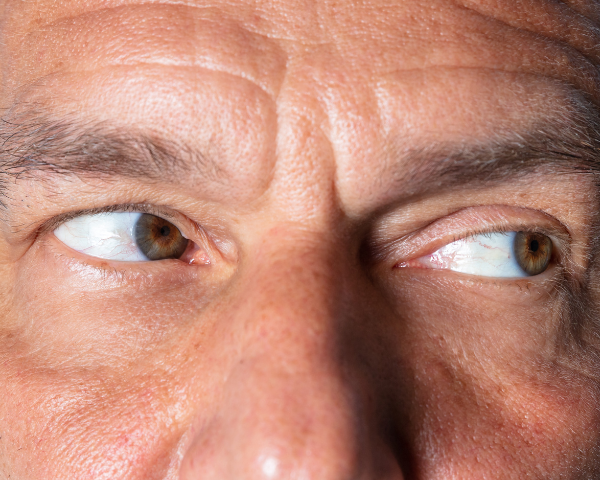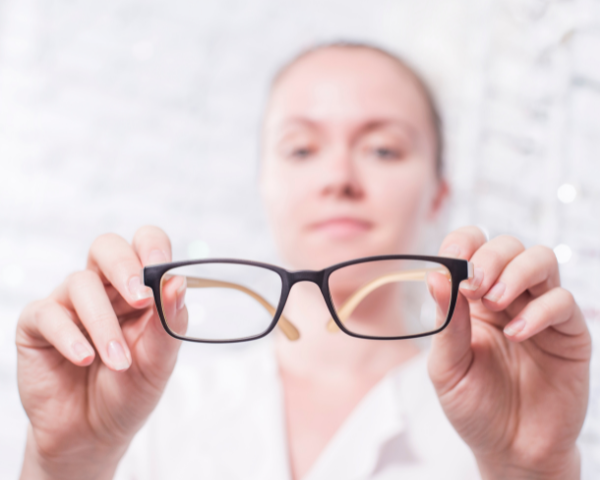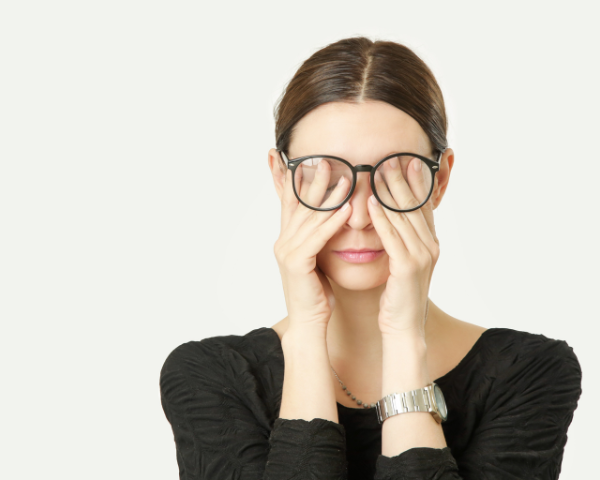
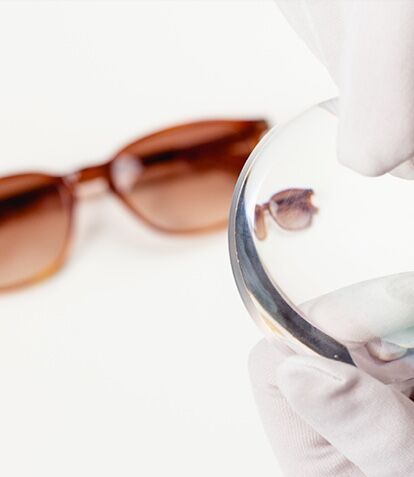
What Is 'Nearsighted'?
Nearsighted, or short-sighted, are informal terms for having myopia. It is a common vision condition where you can see nearby objects clearly, but objects further away are blurry. It occurs when the shape of your eye causes light rays to refract (or bend) incorrectly, focusing light not on your retina, but in front of your retina.
Nearsightedness may develop gradually or rapidly, often worsening during childhood and adolescence. It also tends to run in families. A basic eye exam can confirm nearsightedness, and the best ways to compensate for myopia-induced blur are with eyeglasses or contact lenses. Due to our ever-growing reliance on technology, myopia is growing more and more common. Some of the best kinds of glasses to protect your eyes against excessive tech usage are blue light blocking glasses from zFORT®. According to studies from universities like Houston and Harvard, blue block technology can give your eyes a better chance at resisting the damage that blue light can cause.
Symptoms:
Nearsightedness symptoms may include:
- • Blurry vision when looking at distant objects.
- • The need to squint or partially close the eyelids to see clearly.
- • Headaches caused by eye strain.
- • Difficulty seeing while driving a vehicle, especially at night.
Nearsightedness is often first detected during childhood and is commonly diagnosed between the early school years through the teens. A child with nearsightedness may:
- • Persistently squint.
- • Need to sit closer to the television, movie screen or the front of the classroom.
- • Seem to be unaware of distant objects.
- • Blink excessively.
- • Rub their eyes frequently.
What Is 'Nearsighted'?
Nearsighted, or short-sighted, are informal terms for having myopia. It is a common vision condition where you can see nearby objects clearly, but objects further away are blurry. It occurs when the shape of your eye causes light rays to refract (or bend) incorrectly, focusing light not on your retina, but in front of your retina.
Nearsightedness may develop gradually or rapidly, often worsening during childhood and adolescence. It also tends to run in families. A basic eye exam can confirm nearsightedness, and the best ways to compensate for myopia-induced blur are with eyeglasses or contact lenses. Due to our ever-growing reliance on technology, myopia is growing more and more common. Some of the best kinds of glasses to protect your eyes against excessive tech usage are blue light blocking glasses from zFORT®. According to studies from universities like Houston and Harvard, blue block technology can give your eyes a better chance at resisting the damage that blue light can cause.
Symptoms:
Nearsightedness symptoms may include:
- • Blurry vision when looking at distant objects.
- • The need to squint or partially close the eyelids to see clearly.
- • Headaches caused by eye strain.
- • Difficulty seeing while driving a vehicle, especially at night.
Nearsightedness is often first detected during childhood and is commonly diagnosed between the early school years through the teens. A child with nearsightedness may:
- • Persistently squint.
- • Need to sit closer to the television, movie screen or the front of the classroom.
- • Seem to be unaware of distant objects.
- • Blink excessively.
- • Rub their eyes frequently.





































